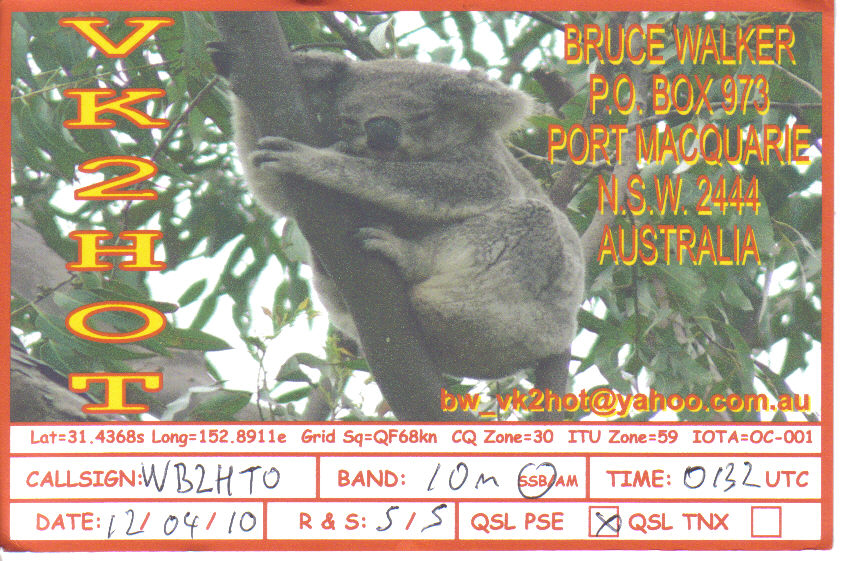Many years ago I purchased a used Radio Shack HTX-10 and, with the exception of a kludged volume knob that I had to replace (the seller, who I won't name, should be ashamed of himself) the rig worked well, both at home on a dedicated dipole and as a mobile. Unlike its big brother, the HTX-100, the HTX-10 does not have CW although it does have FM and an 88.1 Hz PL which, when the sunspots returned in 2011, allowed for some QSOs through repeaters in the U.S. (That was pretty cool. Maybe a tale for another day.) But the most I had with the rig was building and using two circuits, one which added CW capability and the other which allowed for digital modes.
1. THE CW CIRCUIT
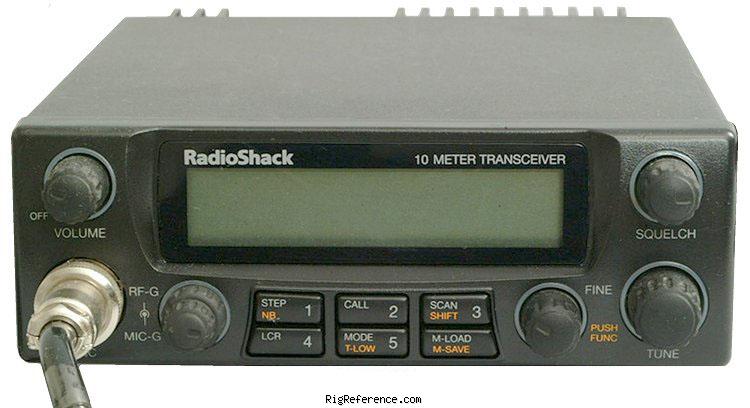

This layout kinda reminds me of the old Volkswagon commercial which showed the
Lunar Module and the words, "It's ugly, but it gets you there..."
It's a neat little circuit and
relatively easy to build, even for those of us who don't
have much experience with layout (that's why I followed
Jim's suggested and employed "ugly construction" -
although I'm sure I stretched the definition to the
limit.) Almost all of the parts, save for the mic
plug, relay, and 555 timer, were already in my parts
drawers (I love it when that happens.) When I ran up
against a problem I could not solve I contacted Jim and he
was extremely generous with his time. We identified
the problem (a mis-wired relay) and the circuit worked
exactly as described. I've subsequently made a
number of contacts with the circuit.
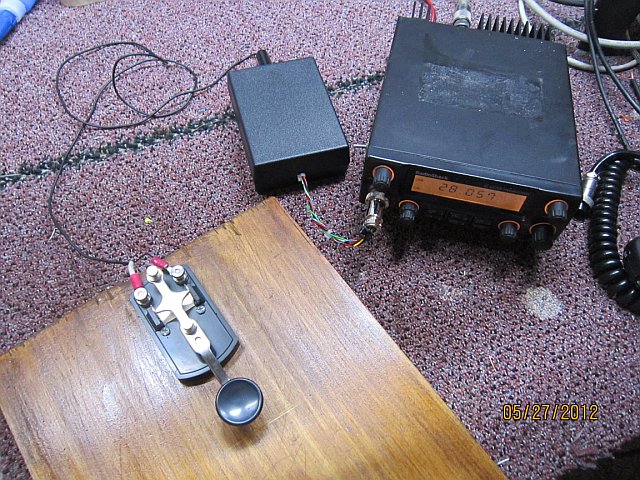
Completed CW
project in an enclosure, with a 1/4" jack (in the back)
for the key
Thank you, Jim, for the design and most
especially for your help troubleshooting.
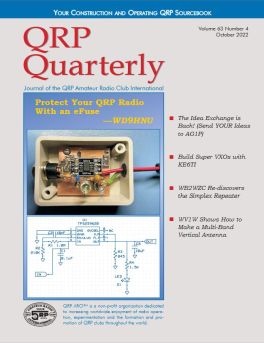 |
The article in which I
described this circuit (for running ANY digital mode with just
about any laptop) was published in QRP
Quarterly in 2021. |
QRP and
computer-based communication protocols (such as the ones
developed by Joe Taylor, K1JT, and his team) were made
for each other. Using even the most basic home computers
these protocols improve the ability for low power
stations to QSO with distant DX entities.
A couple of years ago I was inspired to develop a way to
run PC-based communications protocols with the HTX-10. My task was simpler than the one faced by Jim,
N5IB, who wanted to add CW to the HTX-10 (see above
article) because my circuit would not need to generate a
tone - or any signal for that matter. Software in the PC
encodes the CQ, signal report, QTH... even rag chews
into a series of tones which are sent to the rig and
transmitted. The received signal is sent from the rig
back to the PC where the same software decodes and
displays it. Dr. Taylor's software will even log the
QSO.
My goal was to build as simple an interface as possible
with as many parts “off the shelf.” So, while the spare
laptop (a twelve year-old HP) had both RS-232 and USB I
opted to use the mic and headphone jacks, which not only
simplified the circuit and reduced part count but
provides a solution which can be used with almost any
laptop with minimal system changes.
The receive
side (rig-to-PC)
uses a cable with 1/8” jacks connected from the
speaker jack on the HTX-10 to the mic jack on the
laptop. The rig's volume
control is used to
adjust the volume of the input to the laptop. Some
software packages (like the
K1JT's popular FT8 protocol) includes a virtual meter:
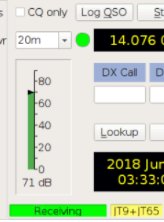
Unfortunately, on
the transmit side we cannot directly connect the output of
the laptop speaker directly to rig's mic plug. Jim explained
why in his 2000 article on the CW circuit: “The PTT switch
on the microphone does double duty. One pole is used to
switch the audio line, disconnecting the mic from the rig
when in receive mode. The other pole grounds a control line
to place the rig in transmit or receive mode. In receive
mode, it grounds the common side of the speaker, thus
serving as a receive mute.”
I decided to use the same TQ2-12v (a DIP-style, low-current DPDT) Jim specified for his CW circuit. My digital interface would need to energize the relay to perform the same double as soon when software starts sending the transmit string. It must stay on for the duration of the transmission. That is the main reason I chose a VOX. And, because it energizes the relay for the duration of the transmit string, it is protocol agnostic - the VOX will work as well for formats such as PSK or MFSK (with indeterminate transmission lengths) as it does for FT8 (always 13.5 seconds.) The circuit below, suggested by Steve Ghioto (a friend who was a service tech for Radio Shack) is very simple and – another bonus – every part was already in my shop.
Let's walk through the circuit: The first transistor detects an audio signal and energizes the second transistor which drives the relay. The large block numbers in the schematic below represent the pin numbers of the TQ2-12v. Just as Jim described, pin 2 of the mic must be shorted to ground for the HTX-10 to receive. To transmit, pin 2 is taken off ground and, in its place, pin 3 grounded. Simultaneously, at transmit, we switch PC audio into pin 1 of the mic jack. No gain or padding is required. The output of the laptop is about 800mV p-p which is well within range for the mic input (which can always be tweaked using the HTX-10 controls.)
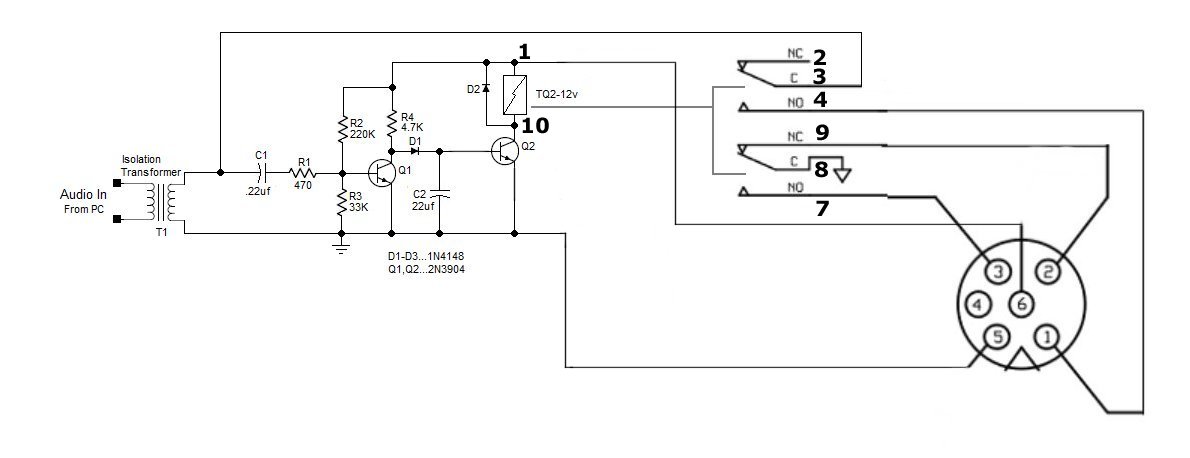
I first laid the circuit out on a breadboard, which gave me the opportunity (if I needed it) to adjust the values of any components.
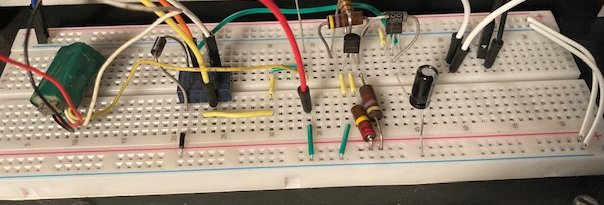
Turns out, I didn't. The circuit worked just fine, so I put it on a permanent board. I placed it inside this case from an old watch.
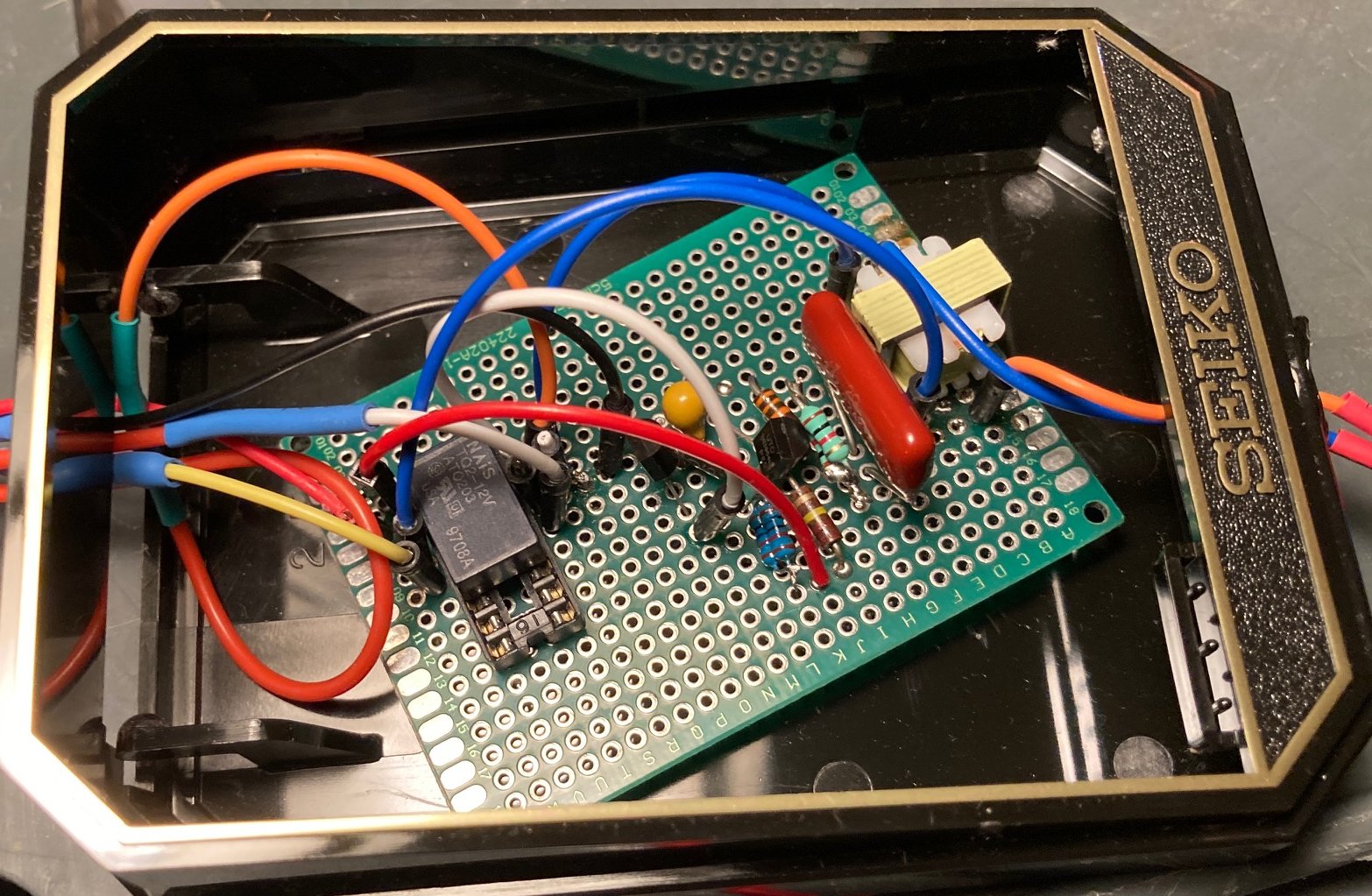
Here is the circuit in operation with the HTX-10 and an old laptop.
How well did it work?
Really, really well. It even ran F/H mode (critical for many DXpeditions.) With just 25 watts into a humble dipole I logged 117 entities (including St. Brandon Islands, Japan, New Zealand, Australia, Ducie & other Pacific islands.) As for WAS... funny story... by September 2022 I had 49 states but one stubbornly refused to give up an RR73. If you guessed the state was Alaska or Hawaii you would be wrong. Those were... well, I hesitate to say it but yea, they were easy. (Hell, I even got North Dakota early in the chase.) What I needed was for the %$#^@ ionosphere to cooperate so I could get short skip into Delaware. Then, on February 1, 2023, the ionosphere proved it has a sense of humor. Within five minutes, I got not one but TWO Delaware stations!

In late 2023 I sold the HTX-10 along with both interfaces. I also heard from other hams who had found this page and successfully constructed their own digital interfaces. If you have any questions or want to share your HTX-10 story I'd love to hear from you at WB2HTO@comcast.net.
A 10M STORY
Lots of hams will tell you that 10 meters is their favorite band. Ten was the first band on which I was allowed to broadcast voice, the day I got my General ticket in the mail back in 1972. (Holy crap! As I wrote this I ask, "was it really more than fifty years ago?") My first ham club, the Wantagh Amateur Radio Association, used to hold monthly "bunny hunts" on 10 meters, so not only did I get to use the band but also my new driver's license at the same time.
Now I know several hams who don't particularly like 10 meters, especially in a period of low sunspot activity. During low points in the cycle 10 meters is good only for local ground wave QSOs except for a yearly burst of activity in early summer and the occasional Sporadic "E" opening. But, for me, it's this very unpredictability that I love about 10 because, like Forest Gump's box of chocolates, you never know what your going to get up there. And, as I learned one night in April 2010, patience can be rewarded. So now... a story of the night I discovered the truth of that old saying:
It was summer a few years ago, around 9:00 pm, EDT. I had been on the air for a while and was ready to call it a night but first, as was my habit, I switched the IC-718 to 10 meters and swept up the sideband portion of the band between 28.300 and 28.500 MHz. I didn't hear much, except maybe the hint of some sideband in the noise. Nothing that encouraging but what the heck, I tuned to about 28.475 and called "QRZ is the frequency in use?" Nothing heard, so I began calling CQ. Once. Nothing. Twice. Again, nothing. All right, one more time. "CQ 10 CQ 10 CQ 10, this is WB2HTO, Whisky Bravo Two Hotel Tango Oscar calling CQ and listening 10 for any call."
Nothing.
Well, that's the way it goes. Maybe one... more... sweep before I - wait a minute - I hear somebody on 28.480 calling CQ. And he's getting louder by the second. It's like I can hear the volume on the ionosphere being cranked up and before I realize it I'm hearing "E51JD calling CQ 10 and bye for a call."
Nahhh... it can't be. But, just in case... "E51JD this is WB2HTO, Whisky Bravo Two Hotel Tango Oscar in Massachusetts, do you copy?"
"QSL and good afternoon, WB2HTO this is E51JD on North Cook Island in the South Pacific. Name here is Jim..."
We started a nice QSO, exchaging signal reports and basic info about our respective QTH, but just as fast as the band had opened Jim and I could hear it closing, so we signed. I could hear some other stations trying to reach Jim, but not having any luck because the band was shifting so quickly. I had been listening at just the right time - on just the right frequency - for an opening. I was feeling pretty good. And hey, it was still pretty early so I maybe I could get lucky again. I moved up about 50 kHz (E51JD could still be on frequency) and, after checking if the frequency was in use... "CQ 10 CQ 10 CQ 10, this is WB2HTO, Whisky Bravo Two Hotel Tango Oscar calling CQ and listeing 10 for any call."
"WB2HTO this is VK2HOT Victor
Kilo Two, Hotel Oscar Tango in Port MacQuarie Australia,
how copy?" I literally fell off my chair, he was so
loud and clear, like he was down the block. I gave
him a 59 and he gave me a 55 - not bad for a dipole and
under 100 watts. As with the North Cook Island QSO,
we could tell the band wasn't going to hold very long so
we exchanged a few pleasantries and signed.
